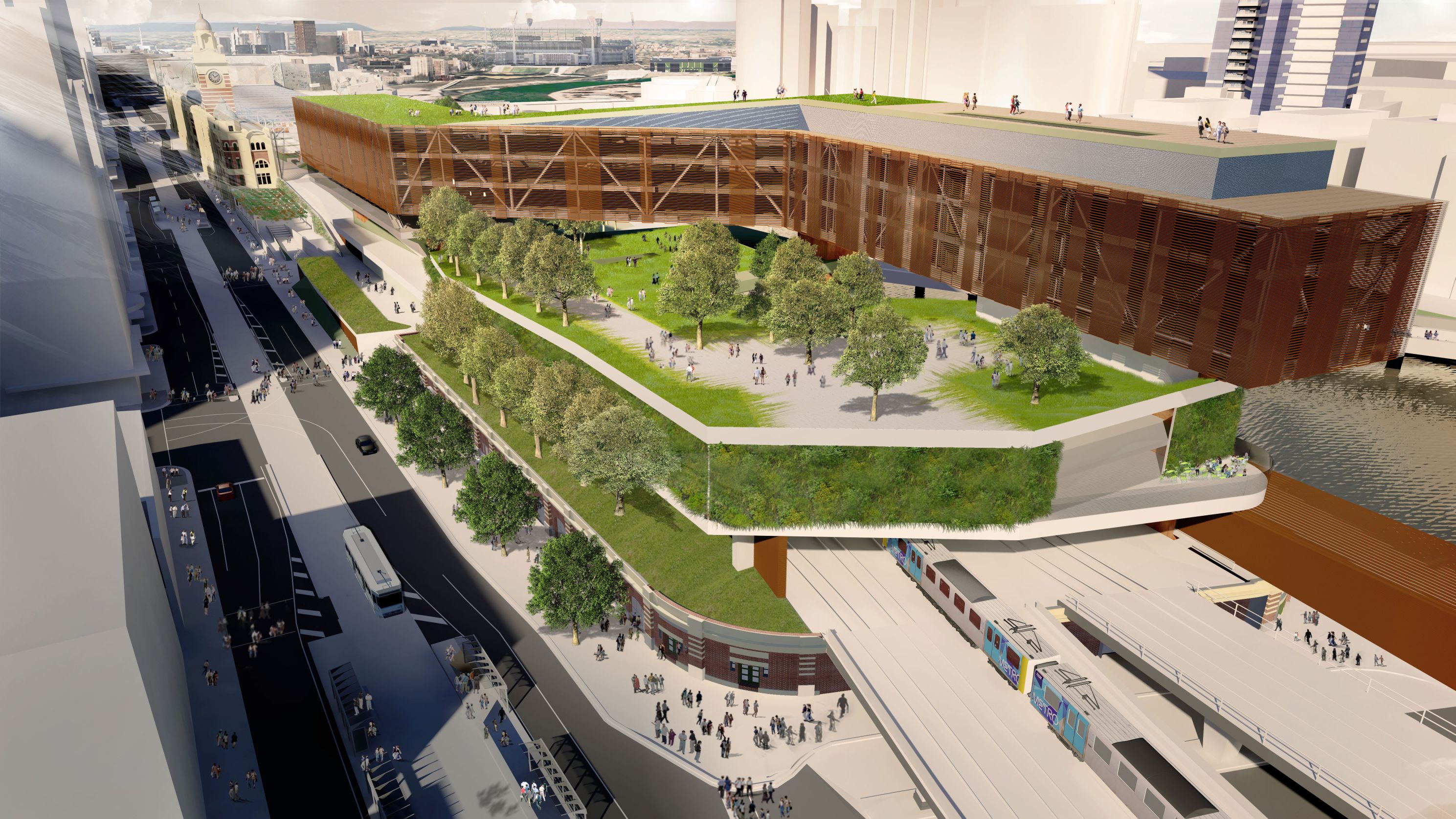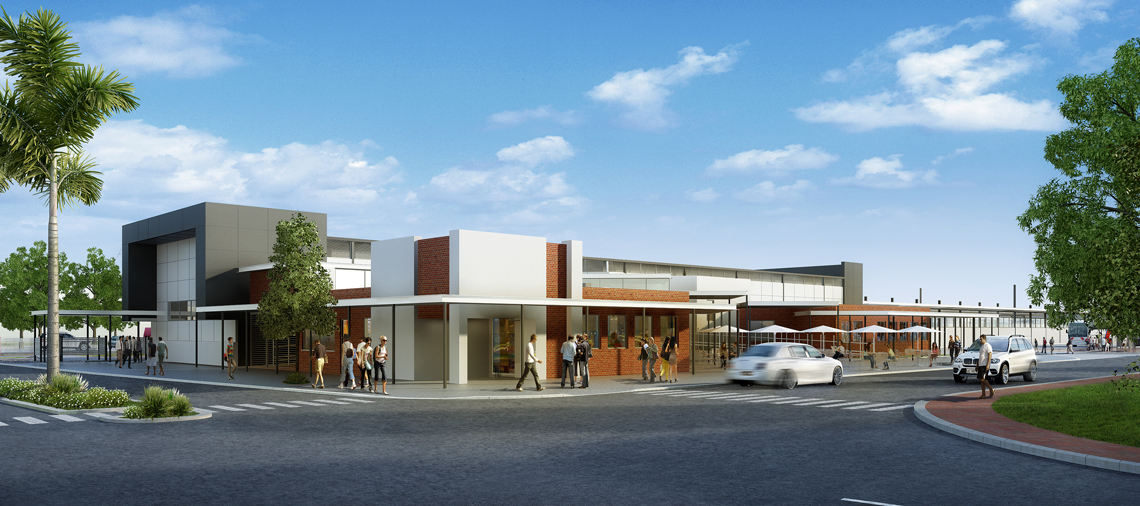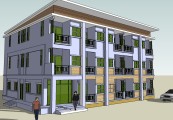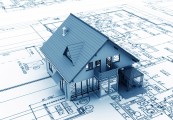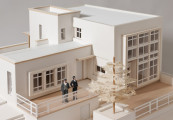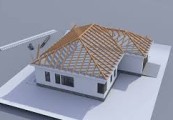Positive Impacts of 3D Architectural Visualization
The task of designing a building requires a lot of creativity and care as it involves an efficient use of imagination within the practical constraints of development. The architects face the challenge of bringing a balance between the two. They need to ensure the building plans are elaborate enough to ensure the feasibility of construction within the stipulated time and budget. This needs a good foresight of the architectural details of the building. A powerful visualization method like 3D rendering helps to visualize these details in a more realistic manner, thereby making an immense difference in achieving the design goals.
3D rendering has become the more refined approach in architectural design. It uses 3D graphics simulation technology to virtually construct the building according to the plan and perceive the result with its pros and cons. This method has abundant benefits over traditional visualization methods like drawings and physical models. Some of the primary advantages can be summarized as the seven ‘E’s:
Expanded Freedom for Architects
The work of the architects is simplified and the results are getting better when 3D renderings are used. Creation of physical models for visualization can be avoided in many cases. It not only saves time and money, but also enables quality time being spent on architectural enhancements.
The architects enjoy greater freedom in experimenting with various design attributes like color, layout and other artistic elements of the interiors. They can apply modifications and visualize their impact. They also have the flexibility to present the design visualizations with suitable backgrounds and realistic surroundings.
3D visualizations offer freedom in their usage as they can be used in multiple divisions of the project like engineers, contractors, and marketing team. The photorealistic images of the building can be included in the communication to customers to finalize the customizable features. They can be published in various channels like websites, brochures, billboards and corporate blogs. These static images can also be used to create movies and presentations to be demonstrated in marketing and advertising campaigns.
Ensuring Clarity of Design
The detailed design elements can be clearly illustrated in 3D visualizations. The realistic replica of the future building excludes the possible misapprehensions about the plan and brings in clarity to customers and members of other teams participating in the construction.
The clarity in the communication saves the time and resources that may need to be spent due to customer’s request for modification in the design at a later stage of the project. For buildings with multiple buyers, the clarity of design is central in deciding the architectural aspects of the common features based on their inputs. It also helps builders observe the response from customers and tune the design to ensure the market readiness of the building.
3D renderings help viewers to visualize the minute details of the building like locality, floor plan, building and layout of rooms and the interior arrangement within the room. The color, texture and lighting effects can also be simulated and visualized.
Easy Approvals
The design visualizations using 3D images are more appealing to the regulatory authorities in understanding the plan better. They assure the efficiency and completeness of the plan and make it more convincing.
3D renderings of buildings not only portray the inner details but also the exterior location and surroundings. These details cause visual clarity. Using 3D animation, the building’s disaster planning like fire safety, earth quake proof features and other environmental aspects like water management can be better demonstrated, causing quick approvals from the relevant bodies.
Elimination of Flaws
The quality of the plan can easily be validated against the project and regulatory constraints. Any limitation of the design can be identified and corrected. The options of multi-angled views, changing the texture and lighting settings, simulation of real life events like opening the doors, looking through the windows, using the elevators etc enable the virtual living in the building and identify the impractical features of the design.
The user friendly alternatives to the currently planned features can be analyzed and implemented in the design. This opportunity for early validation and rectification saves valuable time and money.
Exact Estimation and Schedule of Workflows
As a result of the practical planning using 3D graphics, the home planners can derive at exact estimation of the project completion time, necessary resources, and budget. The variation of actual values of these parameters from the expected values will be very negligible.
A more realistic scheduling of workflows is possible due to 3D visualizations. It facilitates accurate adherence to delivery targets and timely completion of the project.
Enhanced Productivity
3D visualization helps in forming clear targets and better coordination across the various teams involved in the development. It fills communication gap between the teams and fosters a unified approach towards project completion. This optimizes their working methods and enhances productivity by eliminating unnecessary time and efforts on understanding vague aspects of the design. It also wipes out the possibility of errors due to misassumptions.
Effective Marketing
The astonishing views of the building designs and an elegant portray of the market friendly features developed using 3D renderings can magnetize the customers as well as help them make informed choices. The versatile use of 3D images and animations in several mass media like website, TV, social networking and press can maximize the reach of the architectural services.
The use of 3D visualizations in architectural planning makes it possible for the home planners and builders to start the marketing campaign well ahead of the commencement of the development. They bestow the power to sell the virtual buildings prior to the construction of the actual buildings. It causes quick completion and fetching better returns on investment.
The increasing significance of 3D visualization in architecture has a dramatic positive impact on the working styles of the architects and builders and the success rates of their projects.

